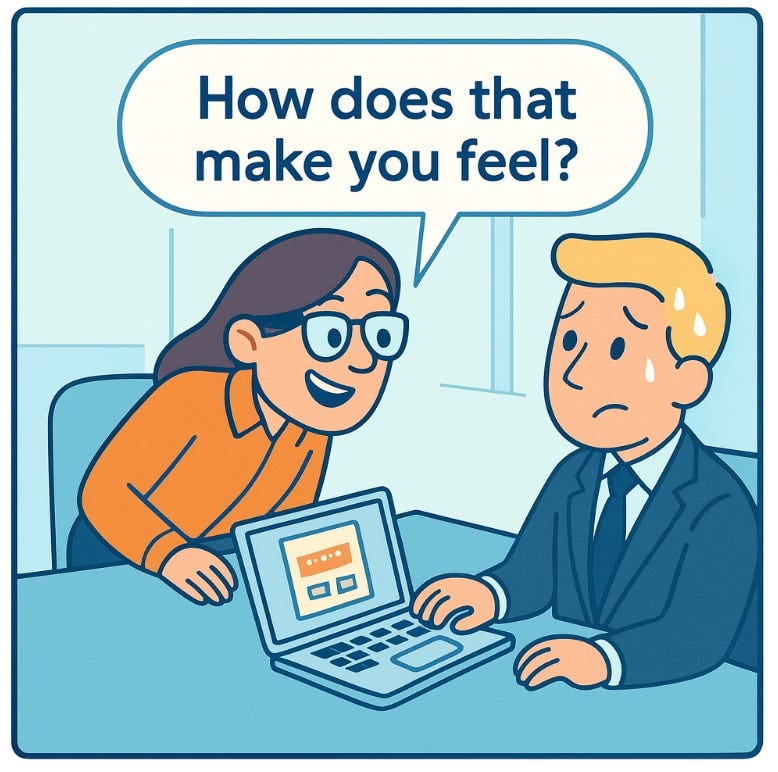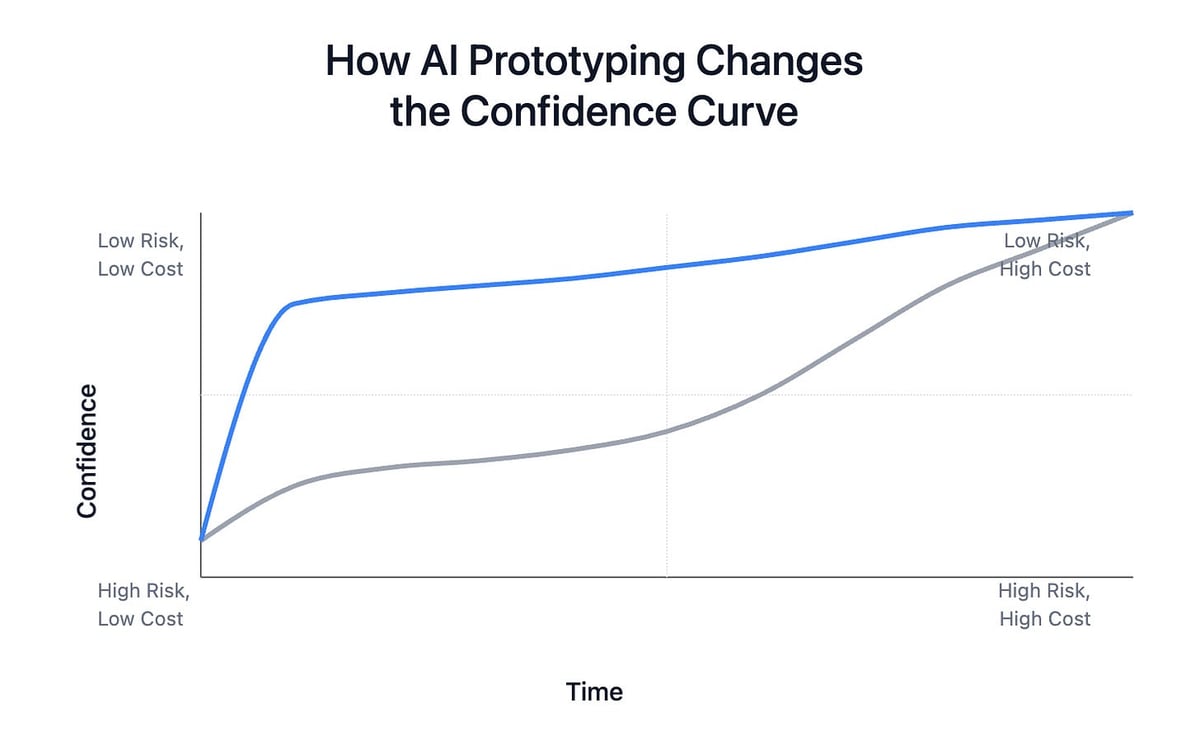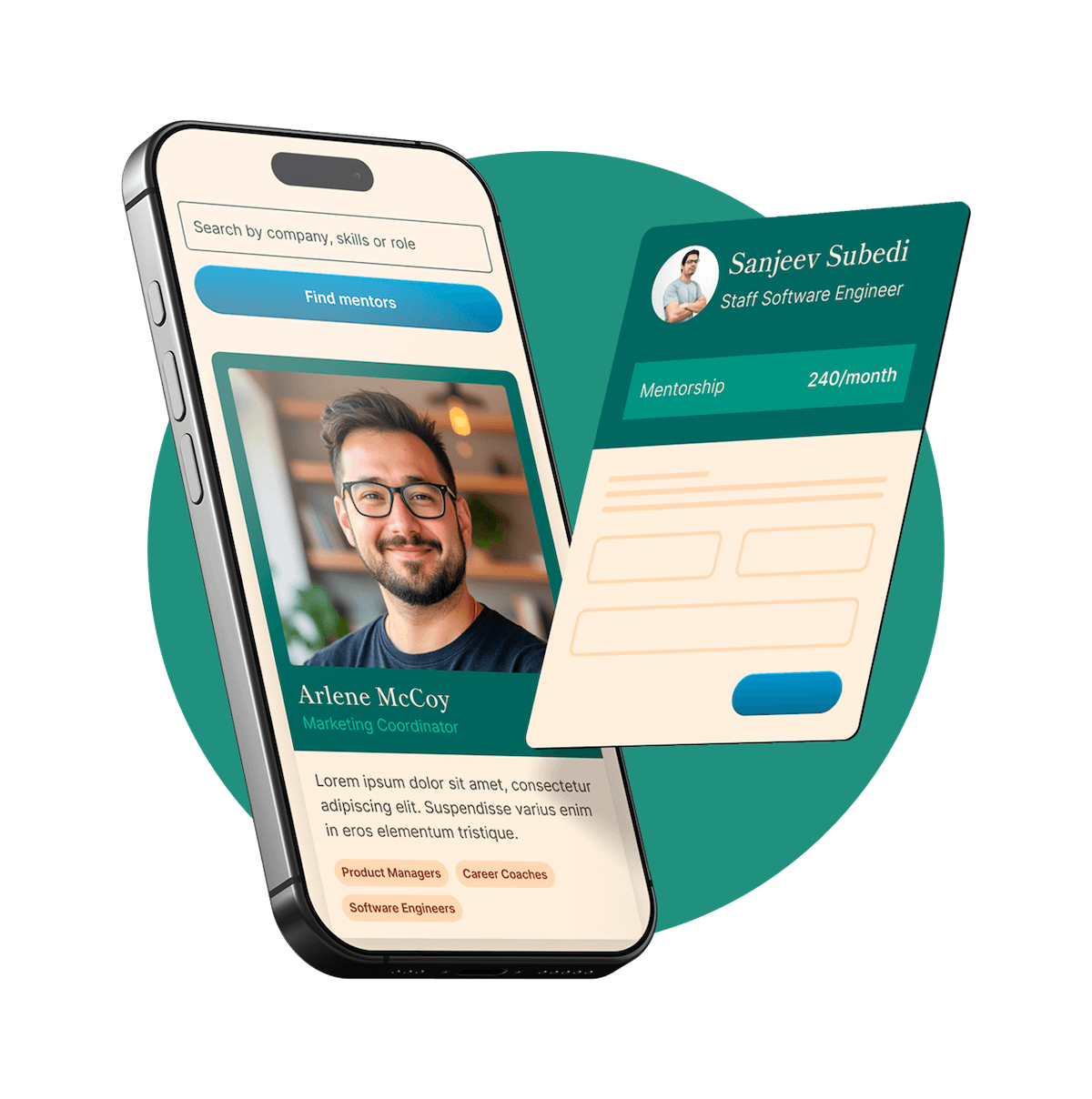Over the years, I’ve come to realise that confidence is the real currency of product development.
Every product team I’ve worked with, or known, has faced the same tension—too many priorities, too many options, and the pressure to pick the right thing to build. We aim to create measurable value for both our customers and the business. But the uncomfortable truth is that you never truly know if you’ve built the right thing until you ship it.
Thanks for reading Chris’s Substack! Subscribe for free to receive new posts and support my work.
By then, it’s expensive in terms of time, money, and opportunity cost.
That’s why so much of our craft is about increasing confidence before we build. Our discovery process is key; it’s how we build confidence. We talk to customers. We review data. We brainstorm. We iterate. We test ideas.
User testing is one of the best ways of building that confidence. We get to sit in front of the very people who will use this product and get direct feedback on our ideas.
But here’s where it often breaks down: traditional user testing with clickable prototypes rarely reflects reality. Customers feel the pressure of being watched during a call. The path of the prototype is predetermined. The data and flow don’t reflect reality. It’s somewhat of a “scripted rehearsal”, and we make decisions based on that staged performance.
If you’ve ever run moderated testing with clickable mocks, you’ll know how much effort it takes to even get to the session.
Booking customers is hard. People don’t want to give up their time. Calendars don’t align. No-shows happen.
And when you do get them in the (virtual) room, the prototype is a defined path, with limited interaction. No real data. No actual behaviours. No opportunity for them to explore naturally.How many times have you said, “Sorry, that’s just a limitation of the prototype”, or “You can just ignore that”?
Don’t get me wrong, user testing is very valuable, but it still doesn't give us the level of confidence we want or need.

The introduction of “vibe coding” has been revolutionary. With tools like V0, Loveable, and Cursor, we can spin up realistic, working prototypes in just a few hours. Buttons actually work. Flows connect. Users can explore freely.
And if we need real data to test a hypothesis properly, we can hook these prototypes up to a live database with customer data.
My teams at Xelix have instantly adopted these tools, just like many other product teams. We had a hackathon earlier in the year. Instead of mocking up a new dashboard in Figma, we built the entire thing in a single day: dashboard, settings, table view. When we tested it with customers, we discovered a small part of the settings screen was critical to them. Something we’d assumed was just background detail. We also got to see how they filtered and ordered columns on the table view.
Those learnings wouldn’t have emerged from a clickable mock of a dashboard with a clickthrough to a static table.
Now, functional prototypes have become part of our normal workflow. We build them. We throw them away. We build them again. And our confidence grows faster than it ever did before.
For most of my career, the product lifecycle has looked like this:
Functional prototypes don’t just fit into this process—they reshape it.
They allow us to bring working ideas into discovery conversations, compress the ideation phase, and receive better-quality feedback earlier. And they’re not just for user testing—they’ve become one of my most effective tools for communication.
When you show a stakeholder a working version instead of describing a concept, the conversation changes. Google’s head of product, Madhu Gurumurthy, recently posted about how their teams are shifting from a writing-first culture to using prototypes to “show, not tell.” I’ve seen the same shift work wonders inside my teams.
The benefits stack up quickly:
One of the things that I'm really excited about is the opportunity to incorporate unmoderated user testing into our prototypes. I’m exploring the idea of embedding analytics directly into functional prototypes. One of our teams will be experimenting with this soon, and I’m excited about the potential for it to improve the volume and quality of our user testing significantly.
The idea is simple:
Then review:
Yes, you lose some of the immediate “why” that comes from moderated sessions. But you can run targeted follow-up sessions with customers:
This could make testing more natural, scalable, and still give you the depth when you need it.

For me, functional prototypes have the opportunity to change the confidence curve.
They move us from slow, expensive, and artificial validation to fast, authentic, and data-backed learning loops. They bridge the gap between assumption and evidence—without the full cost of building.In the world of product teams, building the right product is the difference between success and failure. Functional prototypes aren’t just a nice-to-have; they’re essential to building confidence and making the right bets.
Find out if MentorCruise is a good fit for you – fast, free, and no pressure.
Tell us about your goals
See how mentorship compares to other options
Preview your first month
